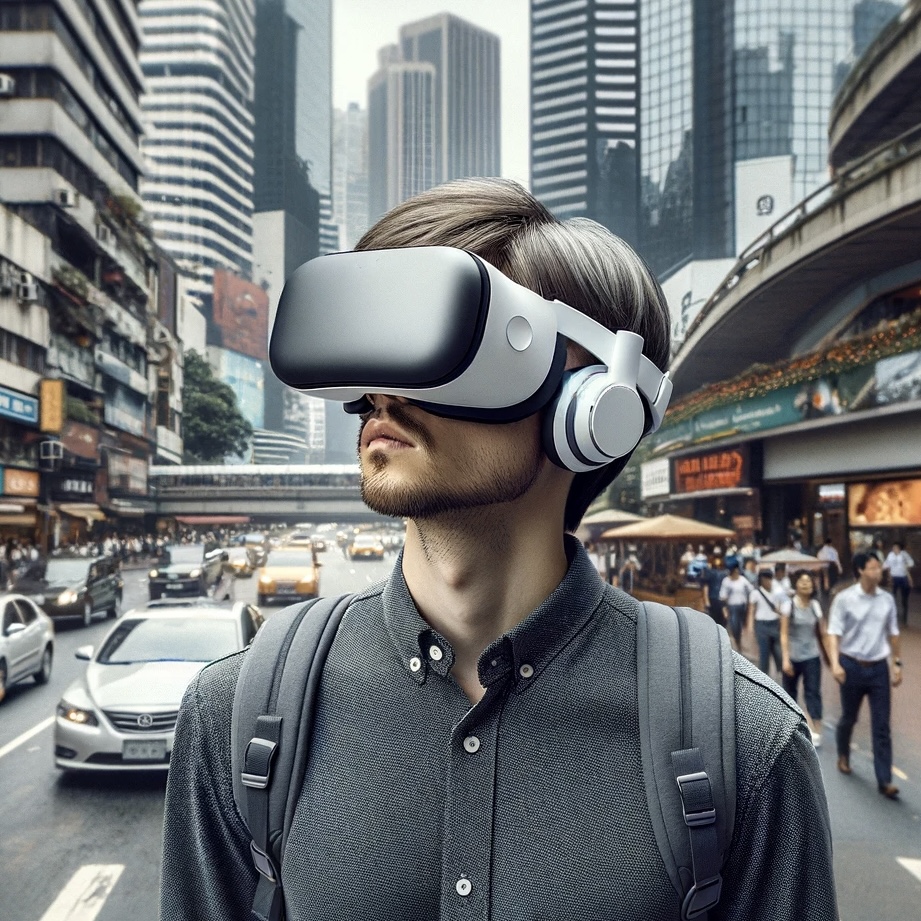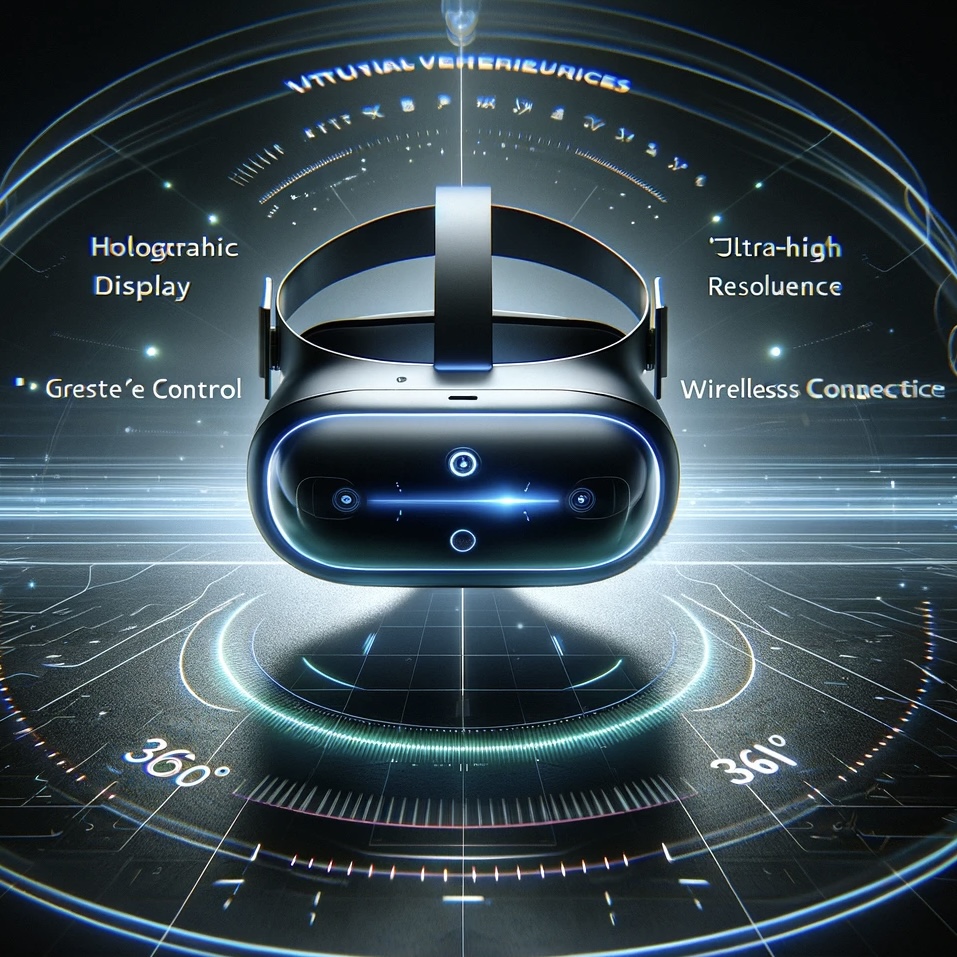Reading Time: 2 minutes
In the realm of technological innovation, the convergence of artificial intelligence (AI) and virtual reality (VR) represents a groundbreaking synergy that holds immense promise for various industries, from gaming and entertainment to healthcare and education. AI-powered VR applications are revolutionizing immersive experiences, enhancing interactivity, and unlocking new possibilities for creativity, learning, and problem-solving. In this article, we delve into the exciting realm of AI in VR and explore its transformative potential across different domains
Enhanced Immersion and Realism:
AI-driven algorithms play a pivotal role in enhancing immersion and realism in virtual environments. Through sophisticated techniques such as machine learning, computer vision, and natural language processing, AI enables VR simulations to respond dynamically to user actions, adapt to changing contexts, and simulate realistic interactions with virtual objects and characters. This immersive experience creates a sense of presence and engagement, blurring the lines between the physical and virtual worlds.
Intelligent Avatars and NPCs:
AI-powered virtual characters, avatars, and non-player characters (NPCs) add depth and realism to VR experiences by simulating human-like behavior, emotions, and interactions. Advanced AI algorithms enable these virtual entities to perceive and respond to user gestures, facial expressions, and vocal commands in real-time, creating more compelling and interactive storytelling experiences. Whether engaging in virtual conversations, solving puzzles, or navigating virtual environments, intelligent avatars and NPCs enrich the immersive VR experience and foster greater engagement and empathy.
Personalized Experiences:
AI-driven personalization algorithms empower VR applications to tailor experiences to the unique preferences, interests, and needs of individual users. By analyzing user behavior, preferences, and feedback, AI algorithms can dynamically adjust content, challenges, and difficulty levels in real-time, ensuring that each user receives a personalized and adaptive VR experience. Whether learning new skills, exploring virtual environments, or playing games, personalized VR experiences enhance user engagement, motivation, and satisfaction.
Predictive Analytics and Behavioral Insights:
AI-powered analytics tools provide valuable insights into user behavior, preferences, and performance within VR environments. By analyzing data generated from user interactions, AI algorithms can identify patterns, trends, and correlations that inform content creation, game design, and user experience optimization. Predictive analytics enable VR developers to anticipate user needs, anticipate challenges, and design more immersive and engaging experiences that resonate with their target audience.
Applications Across Industries:
The integration of AI and VR has transformative implications across various industries and sectors. In healthcare, AI-powered VR simulations facilitate medical training, surgical simulations, and patient therapy, enabling healthcare professionals to enhance their skills and improve patient outcomes. In education, AI-driven VR platforms offer immersive learning experiences, virtual field trips, and interactive simulations that engage students and enhance learning outcomes. In gaming and entertainment, AI-powered VR games and experiences deliver unprecedented levels of immersion, interactivity, and realism, captivating audiences and driving innovation in the gaming industry.
The intersection of artificial intelligence and virtual reality represents a paradigm shift in human-computer interaction, unlocking new frontiers of creativity, exploration, and innovation. As AI continues to advance, and VR technology becomes more accessible and affordable, the synergistic fusion of these two technologies will continue to redefine how we interact with digital content, engage with virtual environments, and experience immersive storytelling. With AI-powered VR, the possibilities are limitless, and the journey of exploration and discovery has only just begun.










